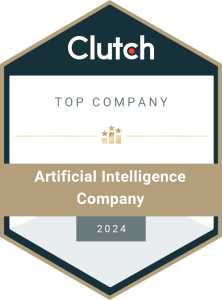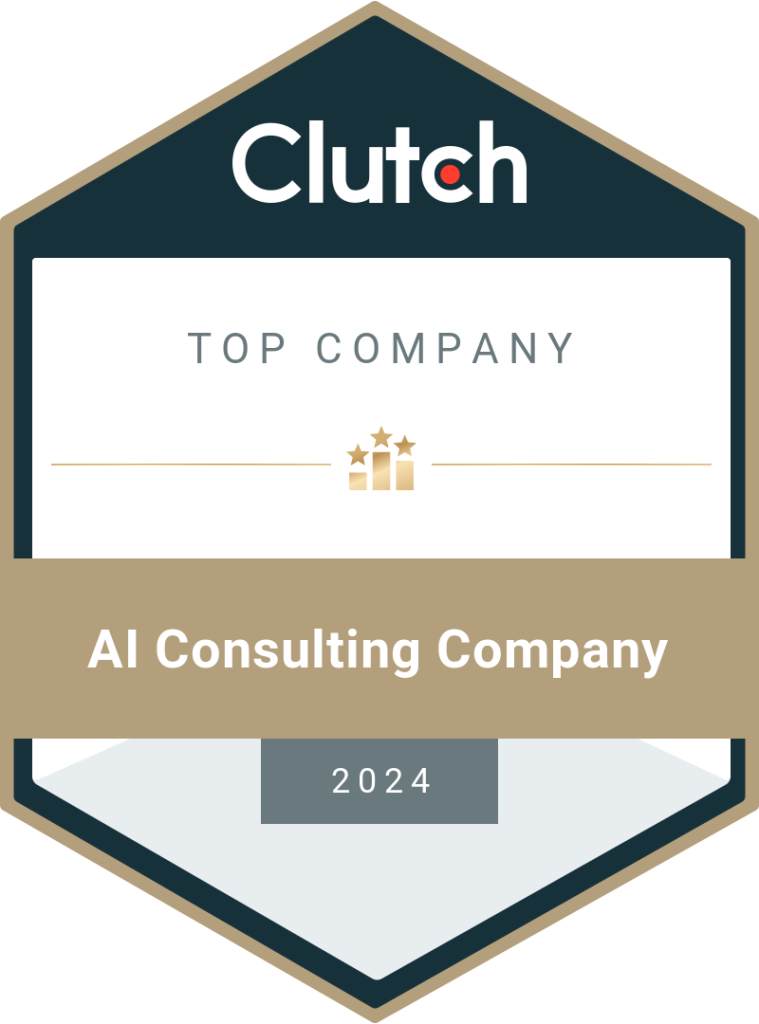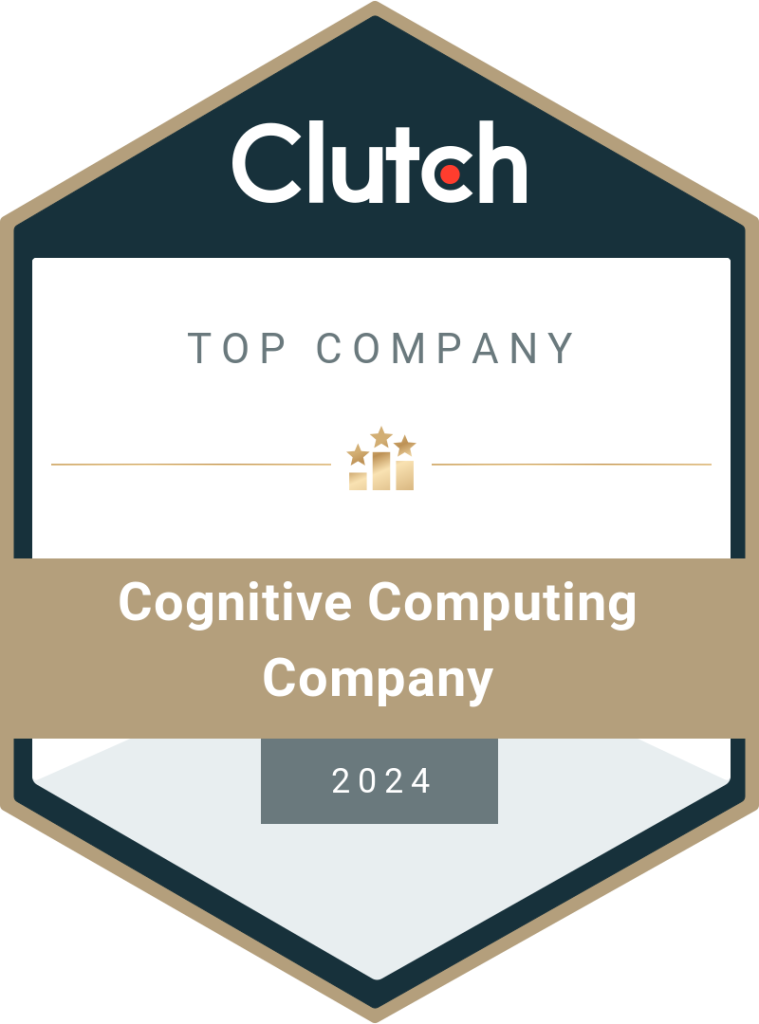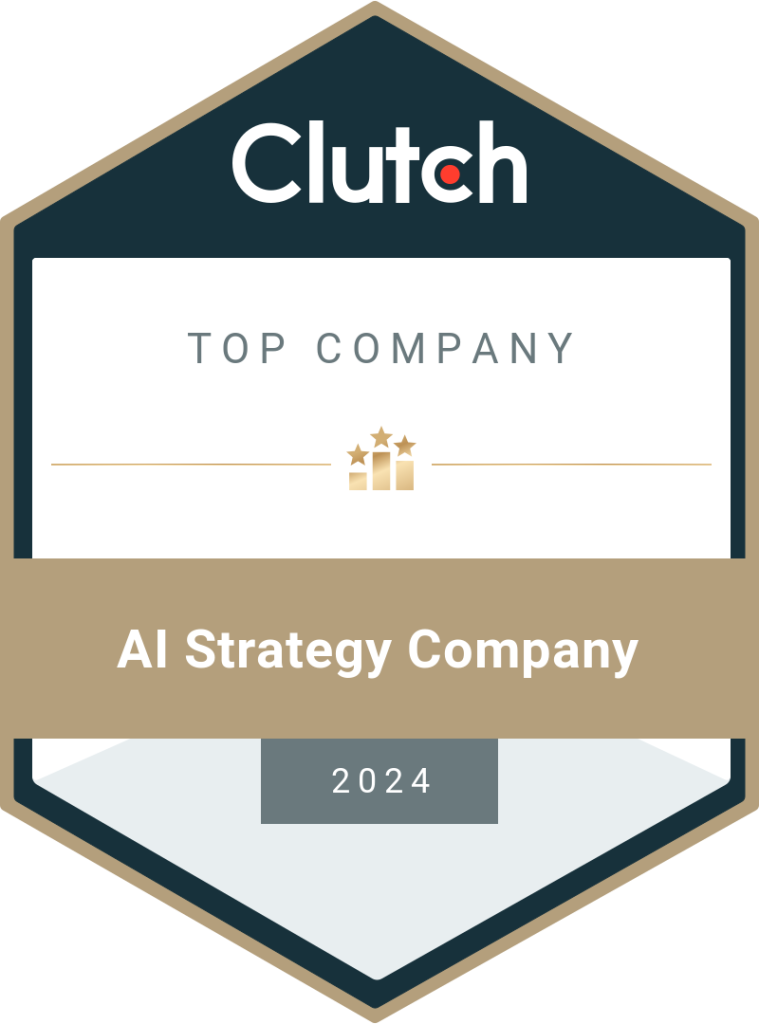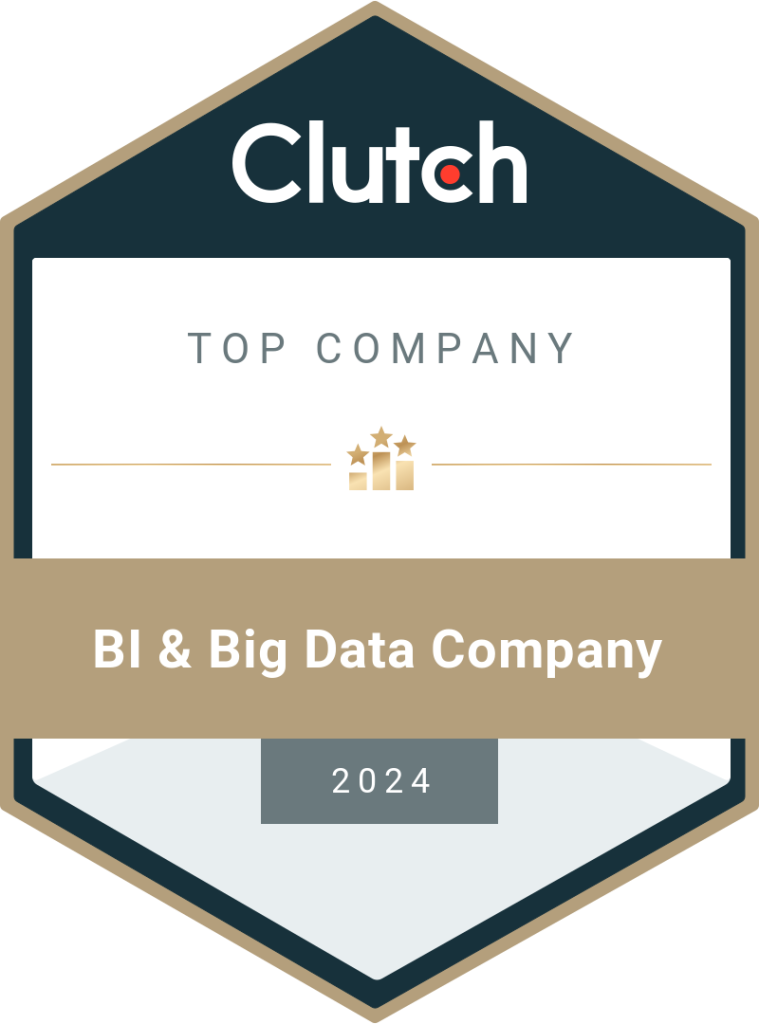Artificial Intelligence vs. Machine Learning: Key Differences
Often, individuals in the technology world use the terms Artificial Intelligence and Machine Learning interchangeably. However, while AI and ML are closely related, they’re different in almost every aspect. Want to know the difference between AI and Machine Learning or how they’re different? Read along. The internet is full of definitions that fail to define AI and ML properly, which is why the confusions arise. However, in this blog, you’ll find a detailed differentiation of AI vs. Machine Learning. So much so that even a non-tech-savvy person will be able to differentiate these terms. In addition, you’ll also find the advantages or use cases/applications of AI and ML in different business domains, which will further help deepen your understanding. So, read in full. AI Vs. Machine Learning What is AI or Artificial Intelligence? Some individuals think of AI as creating a conscious sentient being via programming, which is often termed artificial general Intelligence. On the other hand, data scientists use AI at a practical scale for solving real-world problems such as customer service, data analysis, manufacturing, etc. So, we can conclude that Artificial Intelligence is an umbrella term for technology that helps individuals autonomously solve problems by simulating human Intelligence. And this is done using algorithms that analyze input data and produce outputs. Take a chatbot, for example. Whenever a customer types in his/her query, the bot comes up with a suitable answer (output) based on the question (input). What’s more amazing is that AI algorithms can react to input data in different forms. Take virtual assistants or personal assistants like Google or Siri, for example. Whether you say, “What’s the weather like” or “What’s the temperature” or maybe “How’s the weather” the assistant is going to notice the keyword and provide you with the correct answer. Note. AI has numerous subsets such as Machine Learning, deep learning (common application: virtual assistants), neural networks (common application: facial recognition), computer vision (common application: image recognition or object recognition), and natural language processing. What is Machine Learning? Machine Learning, as stated above, is one of the subsets of Artificial Intelligence. However, unlike AI, Machine Learning as a term doesn’t mean creating smart machines or computer programs that can simulate human behavior to solve problems. It means creating computer systems that learn and improve on their own, using experiences (huge volumes of data) without human intervention. We can cite the example of voice assistants to understand Machine Learning. Earlier, the assistants used only to recognize specific statements like “What is the weather outside” and give an output. If anything else was said, the assistant wasn’t able to produce the desired output. However, because of Machine Learning, assistants can now recognize and respond to a variety of different statements having the same meaning. Another example of ML is predictive analysis. Several companies, such as Netflix and Amazon, use predictive analysis to predict user behavior and deliver a better user experience. What’s more, banks use predictive analysis to predict fraudulent patterns and stop illicit transactions from happening. In a nutshell, if AI is the grand vision of creating intelligent computer programs or machines, ML consists of the models, technology, and processes that are being used by experts to reach there. How are Machine Learning and Artificial Intelligence Different? Machine Learning and Artificial Intelligence can be differentiated based on several factors such as their scope, primary goal, application, the data type they deal with, etc. Here’s a table that can help you differentiate Machine Learning and Artificial Intelligence better: Criteria Artificial Intelligence Machine Learning Primary Goal To create computer systems that simulate human intelligence for solving problems. To enable machines to learn automatically from data and improve the accuracy of outputs Hierarchy AI sits at the top with Machine Learning, deep learning, computer vision, neural networks, and natural language processing being its subsets. ML is a subset of AI and deep learning is the subset of Machine Learning that involves deep learning algorithms, vigorous training data, and multilayered neural networks. Scope AI has a pretty broad scope. Limited scope, as the focus is on making machines more accurate. Applications Chatbots, voice assistants, humanoid robots, etc. Google search algorithms, recommendation engines, etc. Types Weak AI, Strong AI, and General AI. Supervised learning, Unsupervised learning, and Reinforcement learning Use Cases of AI And Machine Learning? 1. Fraud Detection (Anomaly Detection) AI and ML are revolutionizing the finance industry because of predictive analysis. ML can help finance companies, especially banks, with fraud pattern recognition and raise the alarm whenever there’s something fishy, thus preventing fraud from happening. Please Note. While there’s already a rule-based system that’s used by different banks, it’s accused of causing false positives. And this costs the banks a lot of time as the employees have to mitigate the issue only to find it was a false alarm. However, fortunately, as an ML system learns from its experiences, the chances of false positives reduce which helps save time and resources. 2. Automation With AI in place, companies can easily automate redundant tasks and improve efficiency. And this is true for every domain across the globe. Here are some examples: Education Sector Teachers have to manually process attendance and create questions or exam papers redundantly, which requires a lot of time and effort. However, with AI, teachers can use attendance tools or biometric systems to mark attendance and use tools such as PrepAI for generating intuitive question papers within minutes. Manufacturing Manufacturing is highly labor intensive and has a lot of moving parts which increase the likelihood of making mistakes. However, AI makes it easy. Using automation tools or robots at a manufacturing facility, companies are drastically improving their delivery potential and reducing the error margin while ensuring worker safety and innovation. 3. Customer Support Machine Learning algorithms work behind the voice assistants such as Google’s Google Assistant, Apple’s Siri, or Microsoft’s Cortana for speech recognition using NLP or Natural Language Processing to provide you with an answer to your query. And several companies integrate voice assistants or chatbots on their
Read More